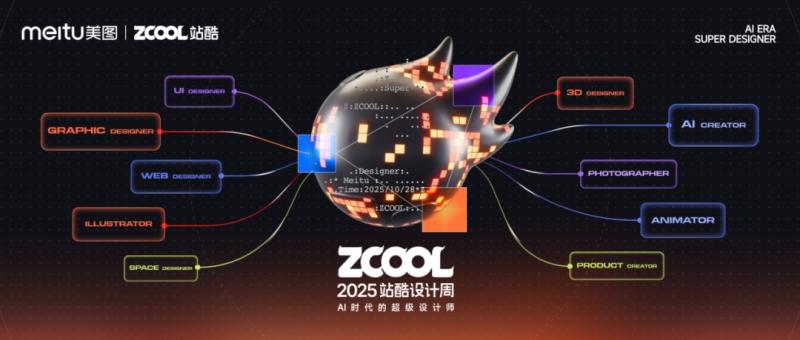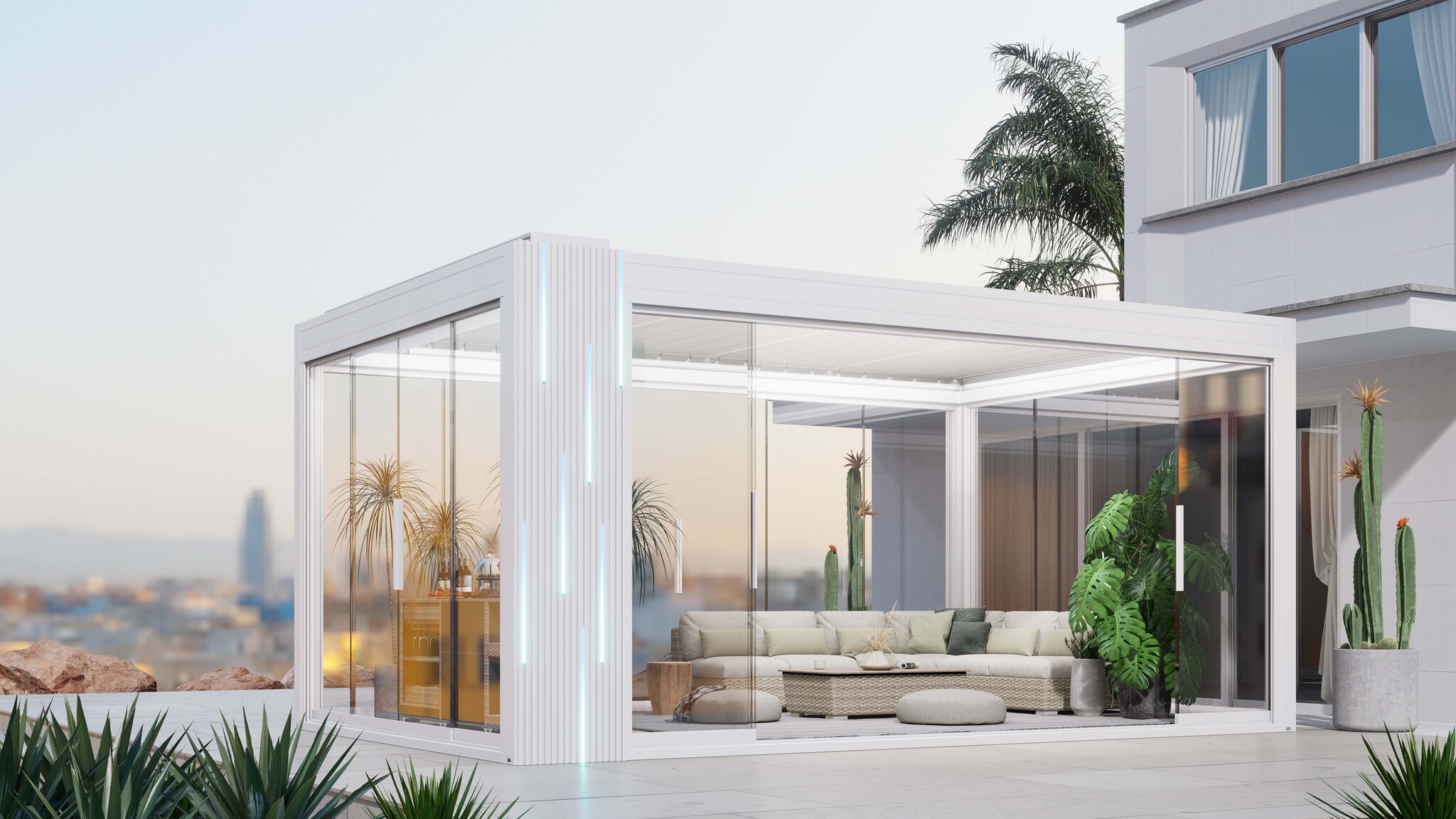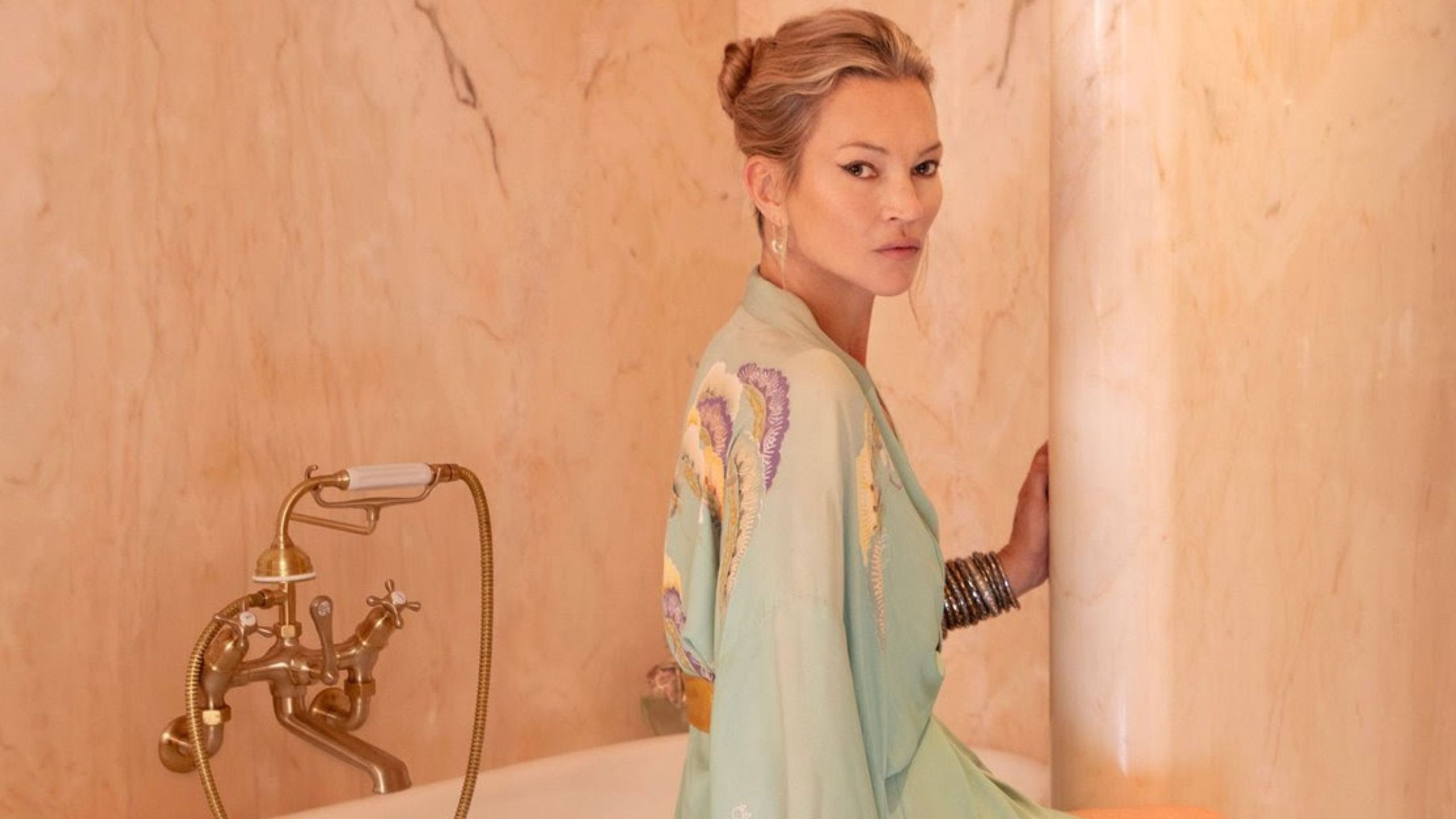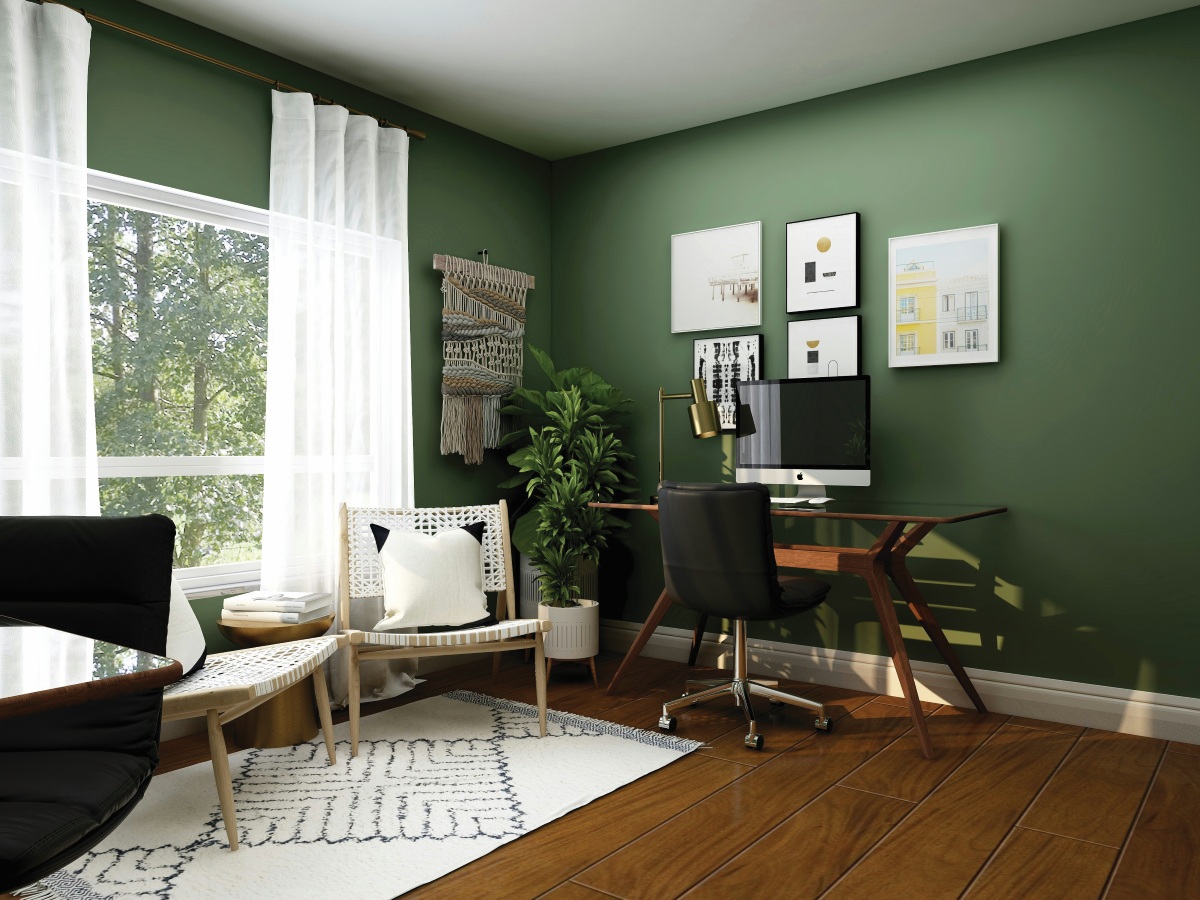
With over 150 clients worldwide and three offices – in Milan, Pisa, and Shenzhen – since 2009, the studio founded by Piero Quintiliani, PQ Design Group, has specialized in industrial design, combining engineering expertise and strategic vision to help international brands and startups turn their ideas into tangible projects.
Through a proven method, the studio ensures an integrated process, from strategy to production, offering multidisciplinary expertise that ranges from product development to branding and hardware/software design. We spoke with the team to delve into their approach and understand how an idea evolves into a successful project.
PQ Design Group handles end-to-end design, from concept to product, across sectors such as electronics, medical devices, home, wearables, and kids’ design. Over the past 15 years, how have industrial design and the products you develop evolved?
Our approach to industrial design, at its core, hasn’t changed. Since founding PQ Design Group in 2009, we have followed the same values: balancing creativity, technical feasibility, and user relevance—always putting the client at the centre and working alongside them through every stage of the project. What has changed are the processes and tools, which now allow us to move faster and with greater precision.
Back in 2009, we often started with a hand-sculpted polystyrene prototype to explore shapes. Today, we rarely use that approach: our expertise in 3D modeling allows us to develop concepts directly in CAD and print them quickly using our in-house 3D printers. Our method has also matured. In the early days, our work relied heavily on intuition—which fortunately has always served us well—while today we combine that instinct with validation tools and processes that make the development path more robust and reliable.
The products we create today are different from those of 15 years ago for three main reasons:
- Access to data – in the past, obtaining reliable user insights was complex; today we can analyze concrete data to design solutions tailored to real user needs.
- Integration of design and engineering – our in-house engineering team works side-by-side with designers from the earliest stages, aiming to improve product performance while also reducing production costs.
- A multidisciplinary approach – over the years, we’ve expanded our internal skills and our network of collaborators, enabling us to tackle projects that require not only design and engineering, but also electronics, software development, advanced prototyping, and production management.


What does it mean to apply design thinking in practical terms, and what is your studio’s proven methodology?
For us, design thinking is not a rigid process but a mindset: starting from listening and observation, translating needs into opportunities, and building concrete solutions through rapid iterations. Our methodology is based on three pillars: thorough context analysis, rapid prototyping, and continuous validation. This allows us to minimize project risks, as every decision is backed by data, testing, and real feedback. The result is a fluid development process that combines creativity with technical rigor.
PQ Design Group works on developing solutions for both startups and global brands. How does the studio approach these different realities?
Our structure is intentionally lean and highly dynamic, with very high-quality standards. This allows us to operate with the agility of a small studio, but with the organization, services, and capabilities of a large design firm. Over the years, we have worked with both startups and global brands looking for a partner capable of handling complex, innovative projects.
We’ve found the right balance: offering the solidity and completeness of a large studio, but with the flexibility to drastically shorten development times and respond to the market at today’s pace. To maintain these standards, we carefully regulate the number of projects we take on, ensuring each one receives maximum attention, fast decision-making, and direct access to our team.


What role does sustainability play in your projects?
In recent years, we’ve noticed that many clients value our conscious design approach and share our attention to environmental impact. For us, sustainability is primarily about efficiency: reducing waste, optimizing processes, making smart material choices, and designing with a long-term vision. We don’t follow trends; instead, we integrate these principles naturally into the project, without compromising performance or competitiveness.
And what about Artificial Intelligence? Is it already integrated into your design process?
AI is becoming an increasingly present tool in our work. We mainly use it during the research phase to analyze large amounts of data quickly, and during some concept stages, to explore alternative solutions faster. We don’t see it as a substitute for human creativity, but as an ally that helps accelerate and refine specific parts of the process.


The studio specializes in the development of innovative products, ranging from electromedical devices to headsets, including phygital toys. What are the key trends shaping the future of industrial design today?
In recent years, electronics have permeated physical products in a profound way. Think of a car twenty years ago: its electronics were limited to a few basic functions. Today, it contains hundreds of microprocessors, sensors, and control systems.
The strongest trend we see is the full integration of electronics and design: hardware, software, and physical interfaces working as a single system. This approach doesn’t just add features—it drives a genuine product evolution, improving performance, reliability, and the overall user experience.
link








